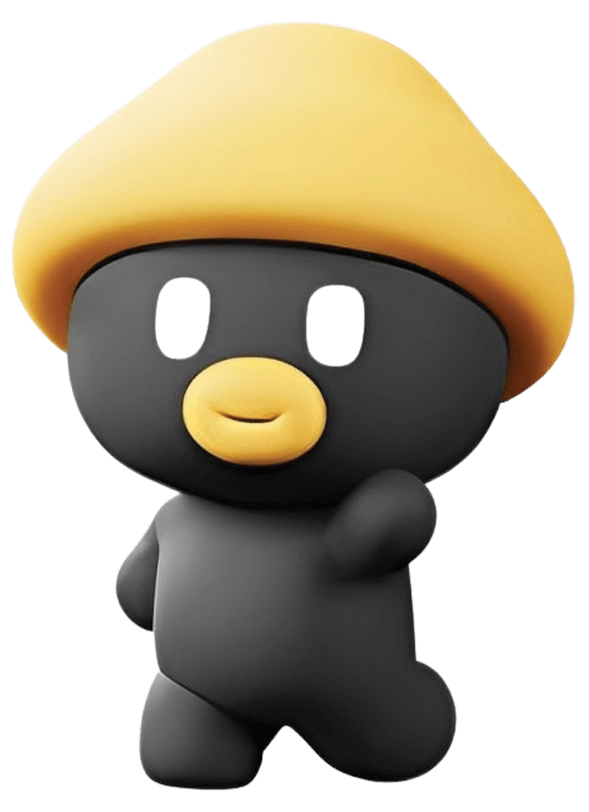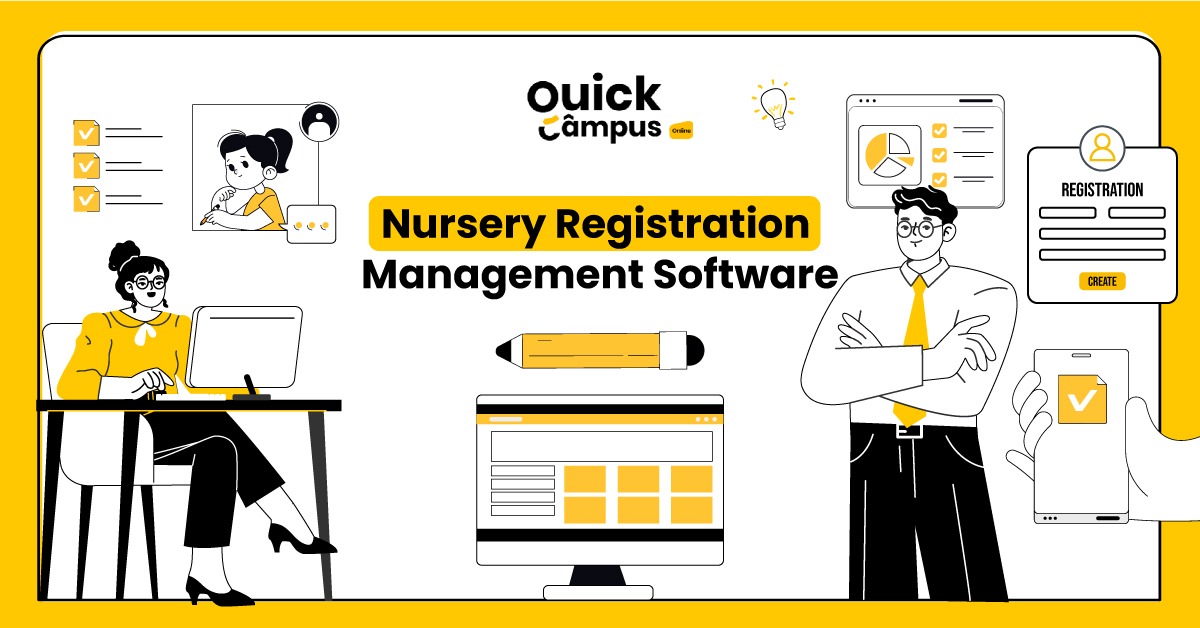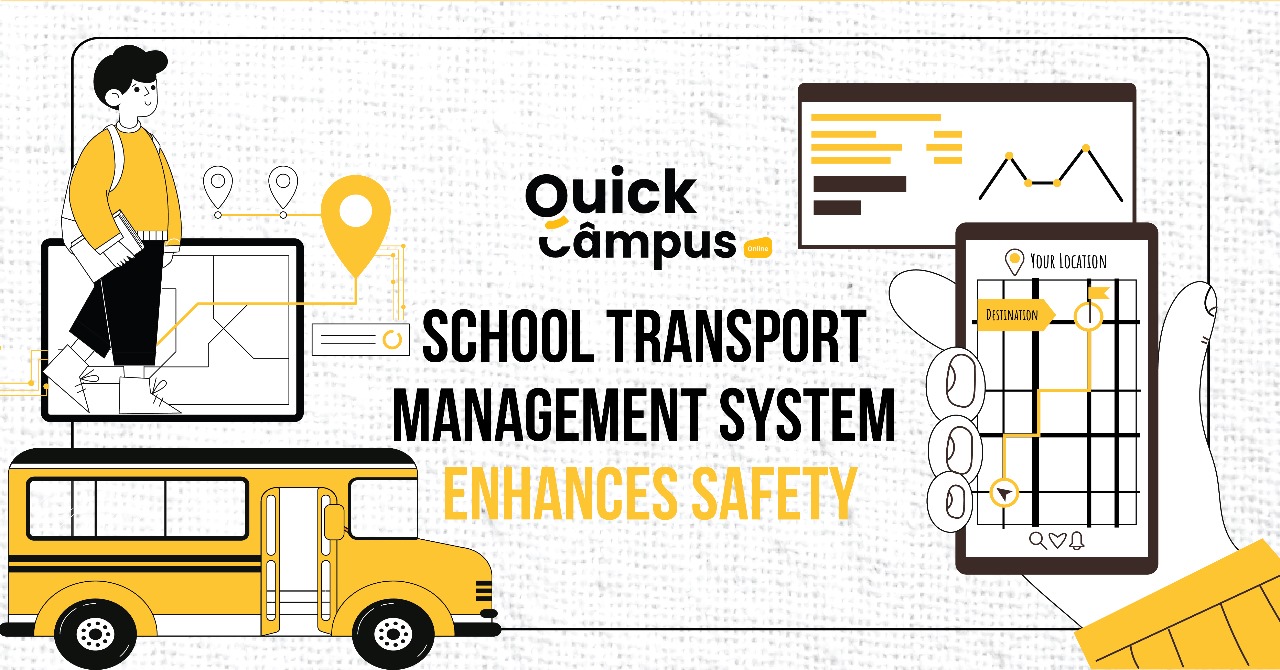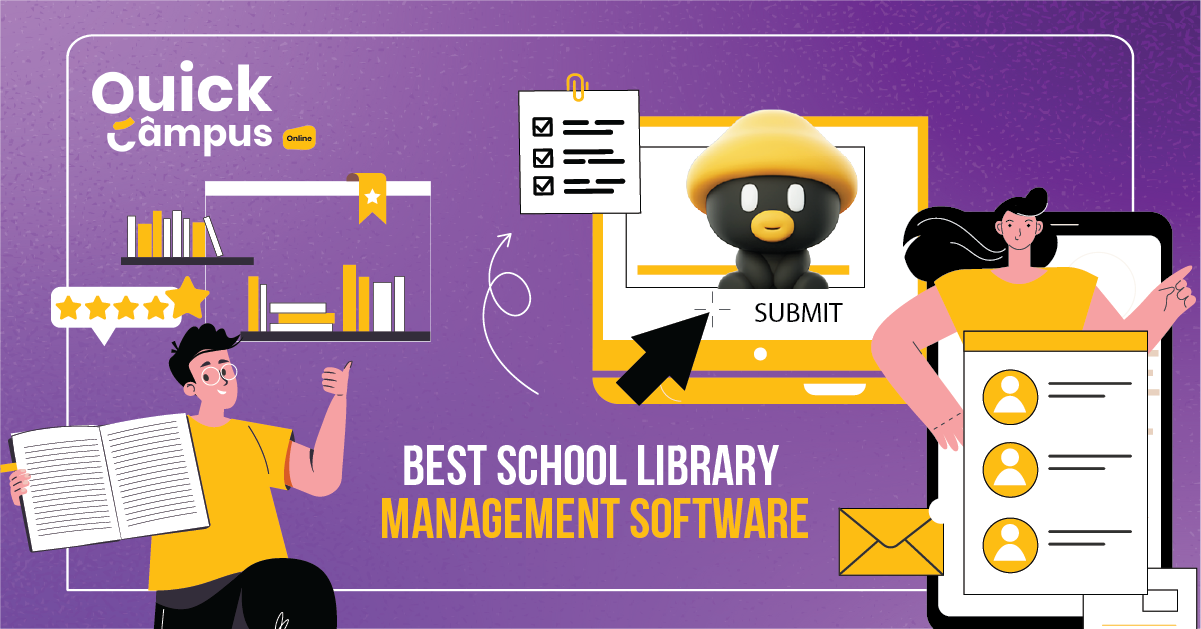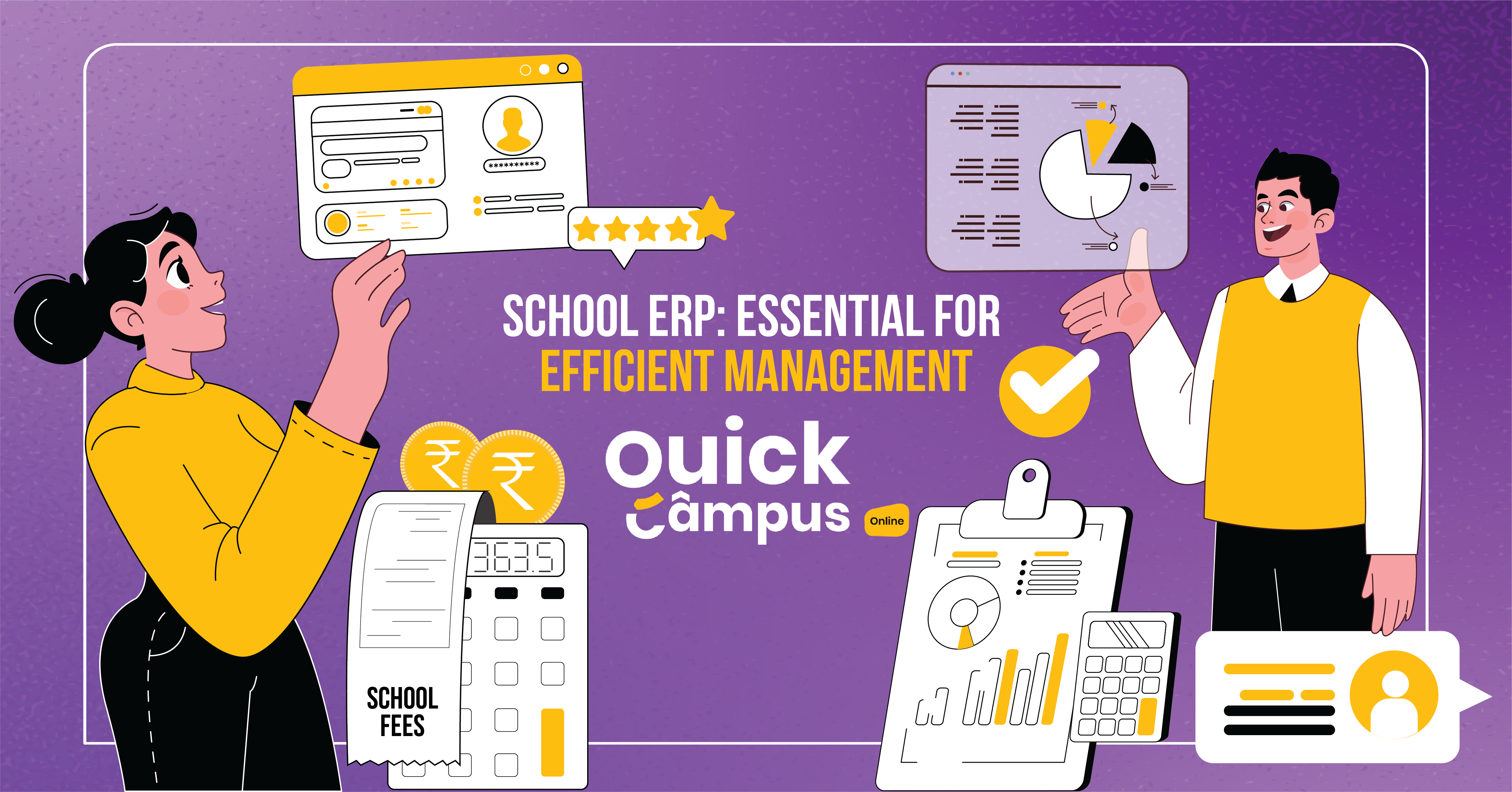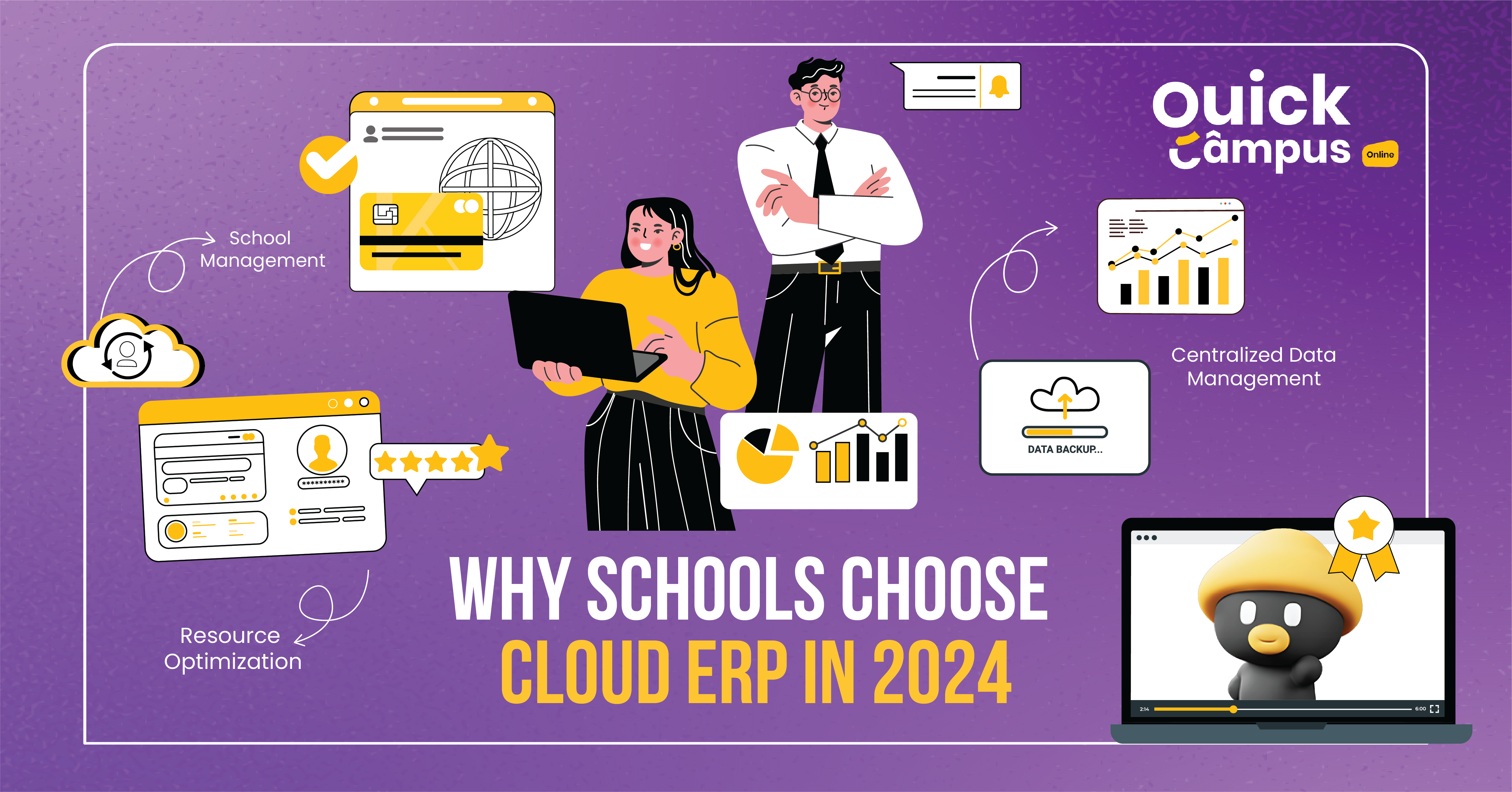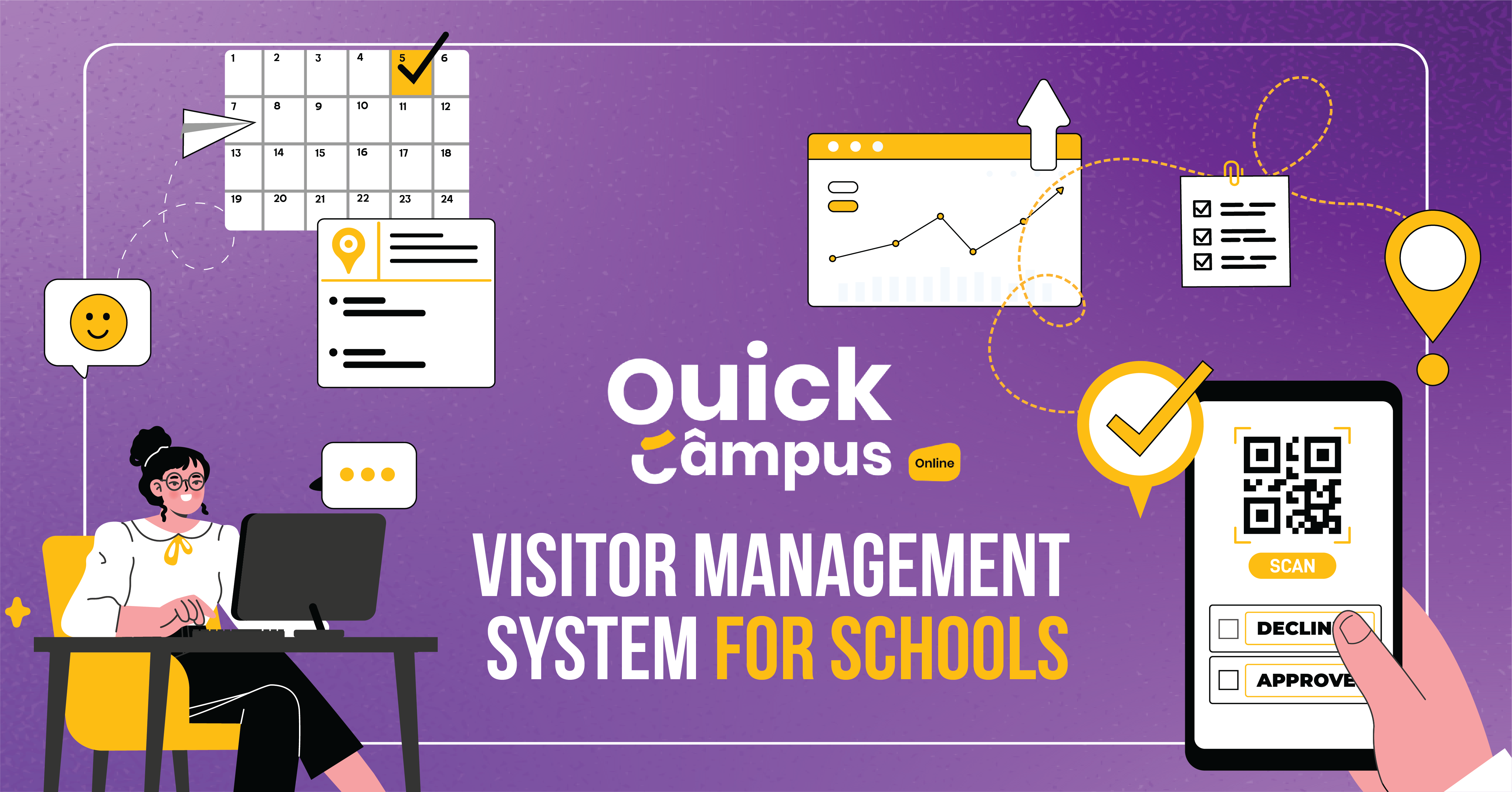Blended Learning: Meaning And Types
As technology is increasing, it is affecting every sphere of our life. New technology learning cannot be controlled or ignored. Do not forget that development means moving forward without destroying the old, taking advantage of the good things of the old, and taking steps towards the new technique called blended learning in the case of education.
The concept of blended learning has become quite popular in the last few years as it combines the benefits of old classroom knowledge with the latest technology.
Let’s discuss in detail Blended learning and its various models.
What Is Blended Learning?
Blended Learning blends the best of two learning campuses- traditional face-to-face teaching and e-learning. It helps in meeting the changing needs of modern students.
Blended Learning takes education beyond the classroom walls, allowing us to use both online and offline resources, there are different roles that teachers play in the blended learning environment, thereby honoring all types of students who learn well in a traditional classroom and those who do well in semi-autonomous computer-based training.
Types Of Blended Learning
There are several types of blended learning models, including:
1. Rotation Model
Students move between classroom lessons, online activities, and independent work. The rotation follows a set schedule or adapts to individual needs. Experiencing varied learning environments allows students to engage the material differently. It promotes better understanding and mastery of the subject.
2. Flex Model
Students mainly study online in the Flex Model. It gives them control over the pace, place, and sometimes content. They decide their learning journey. But duties of teachers remain essential guides, helping when needed. This model focuses on personalized learning. Each student moves forward at their speed and style.
3. The A la Carte Model
Students tailor education with the A la Carte Model. It lets them pick online courses and in-person classes. They mix digital learning and classroom settings. This flexibility matches their interests, likes, and schedules. By combining virtual and physical classes, students access more subjects and opportunities. Yet, they still get social interaction and support from traditional settings.
4. Enriched Virtual Model
Students engage online with lessons and assignments in the Enriched Virtual Model. But they must also attend in-person sessions. These face-to-face meetings offer support, enrichment activities, or assessments. The in-person sessions help students understand better. They allows students to work with peers. And students get personalized feedback from the teacher. This model combines online and face-to-face elements. It balances virtual and traditional instruction benefits.
5. Station Rotation Model
The Station Rotation Model involves students rotating between different learning stations. These stations include face-to-face instruction, online modules, group projects, and independent study. The stations may follow a fixed schedule or adjust based on student needs and progress. By experiencing various activities, students gain a thorough understanding of the subject. They also develop skills like collaboration, self-directed learning, and problem-solving. This model is like the Rotation Model, with students moving between stations.
6. Flipped Classroom Model
The Flipped Classroom Model turns traditional learning upside down. First, students explore new content alone through online videos or readings outside class. Then, in the classroom, the teacher guides activities, discussions, and hands-on learning experiences. This way, students work at their pace and review as needed. Plus, valuable class time focuses on deeper understanding, peer learning, applying concepts, and clearing up confusion.
Conclusion
In Summary, Blended learning brings a lot of fun opportunities for students and teachers. It combines traditional classroom learning with online fun tools to make learning more engaging. Students can learn at their own pace, use unique tools, and share their knowledge with friends. In this way, they can enjoy the old-school benefits and the new technology. Blended learning teaches students the methods they like best and prepares them for the future. Whether you are a student or a teacher, Blended learning can make learning more fun and effective.
